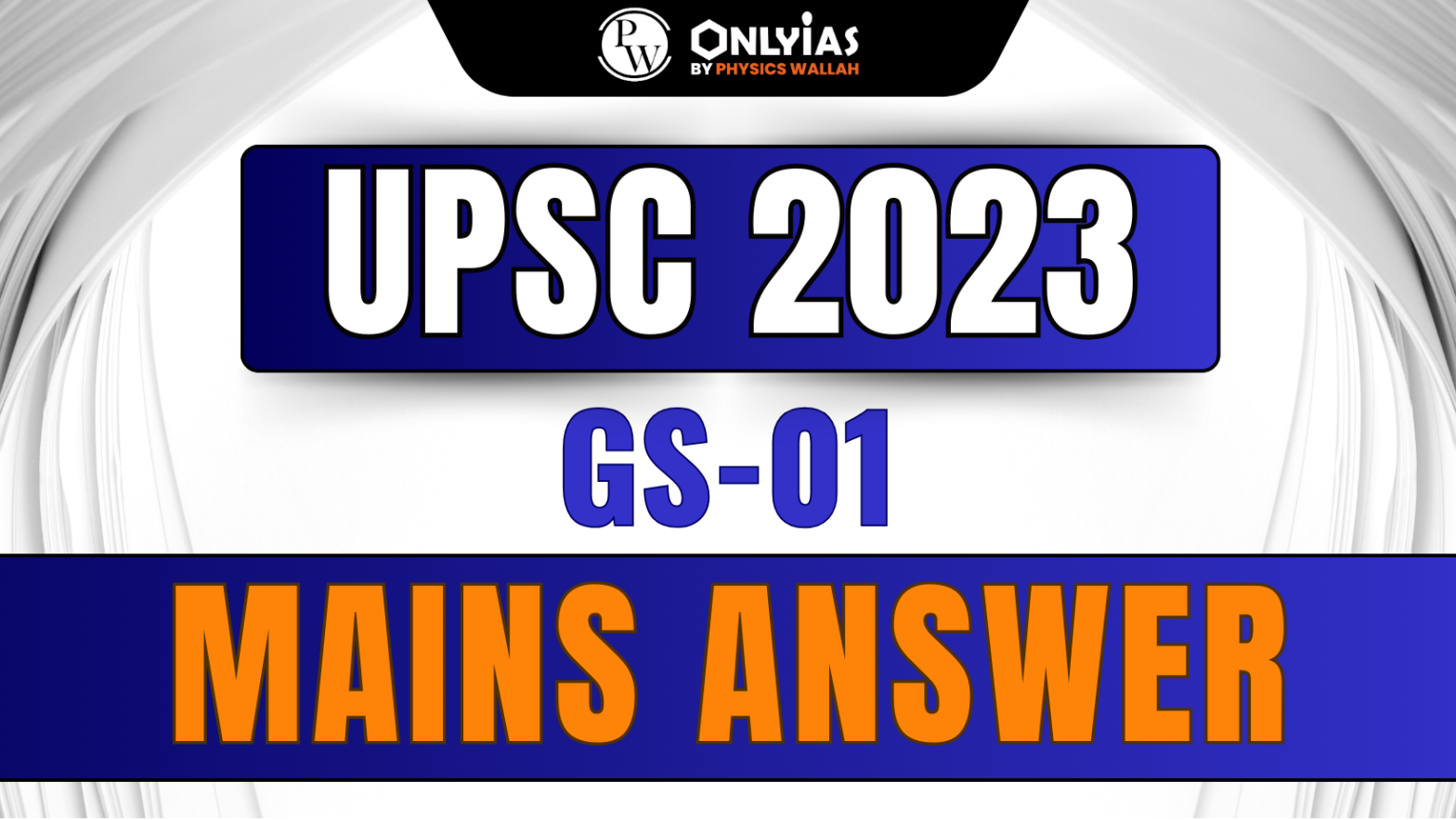Q.19 Why is caste identity in India both fluid and static?

Q.19 Why is caste identity in India both fluid and static?
| How to approach the question
Introduction ● Write about fluid and static nature of caste identity briefly Body ● Write about the Fluid Nature of Caste Identity ● Write about the Static Nature of Caste Identity ● Write suitable way forward in this regard Conclusion ● Give appropriate conclusion in this regard |
Introduction
In the context of caste identity in India, “fluid” refers to the evolving, adaptable nature of caste distinctions, influenced by socio-economic changes, while “static” points to the fixed, immovable aspects deeply rooted in ancient texts and historical contexts. Understanding this dual character of caste identity offers a nuanced view of the current socio-economic landscape.
Body
Understanding the Fluid Nature of Caste Identity
Understanding the Static Nature of Caste Identity
Way Forward
Conclusion
Understanding the fluid and static nature of caste identity in India is a complex task, deeply rooted in a rich history of traditions, norms, and socio-political intricacies. With conscientious efforts, a future where the fluidity overtakes static rigidities is conceivable, painting a canvas of a harmonious and inclusive India.
| For a Detailed explanation of the UPSC GS-01 Mains question 2023, click here.
For a Detailed explanation of the UPSC GS-02 Mains question 2023, click here. For a Detailed explanation of the UPSC GS-03 Mains question 2023, click here. For a Detailed explanation of the UPSC GS-04 Mains question 2023, click here. |

<div class="new-fform">
</div>